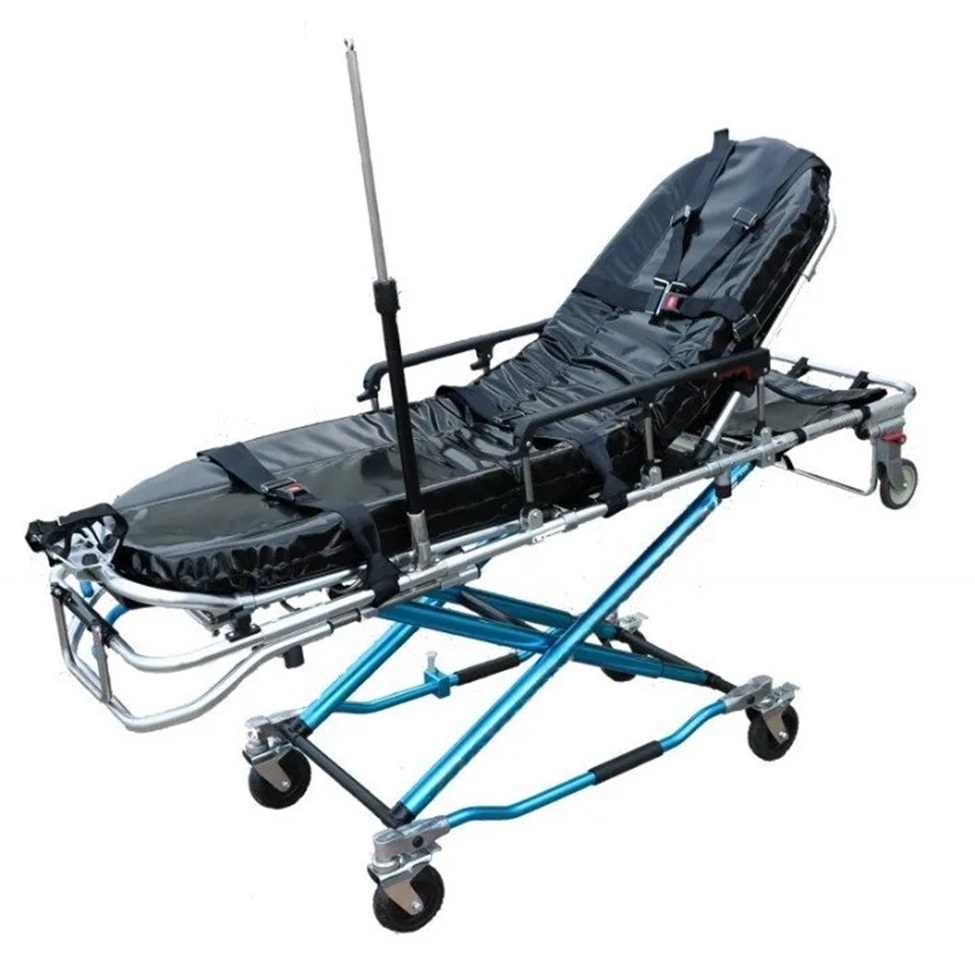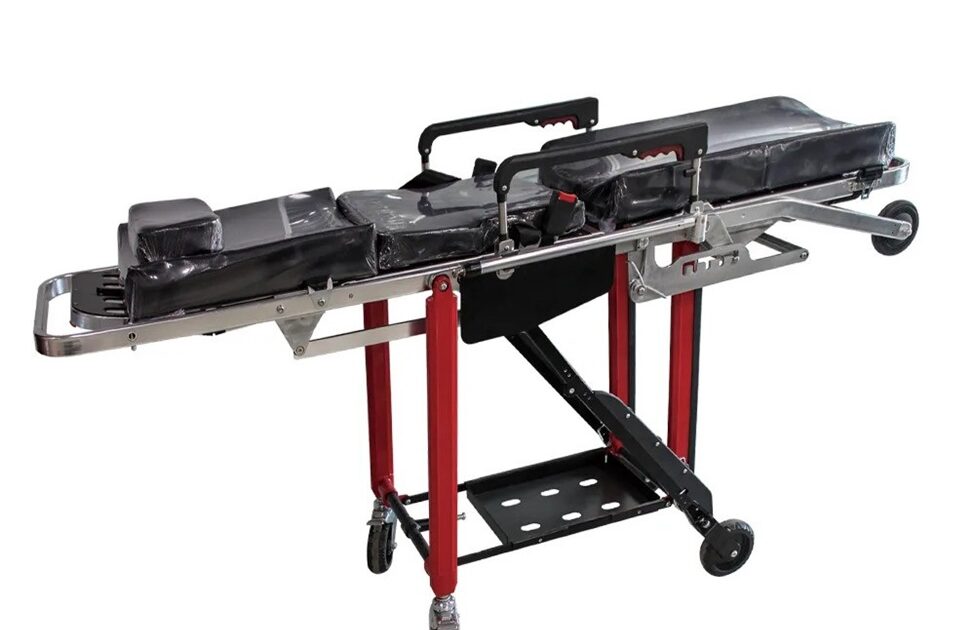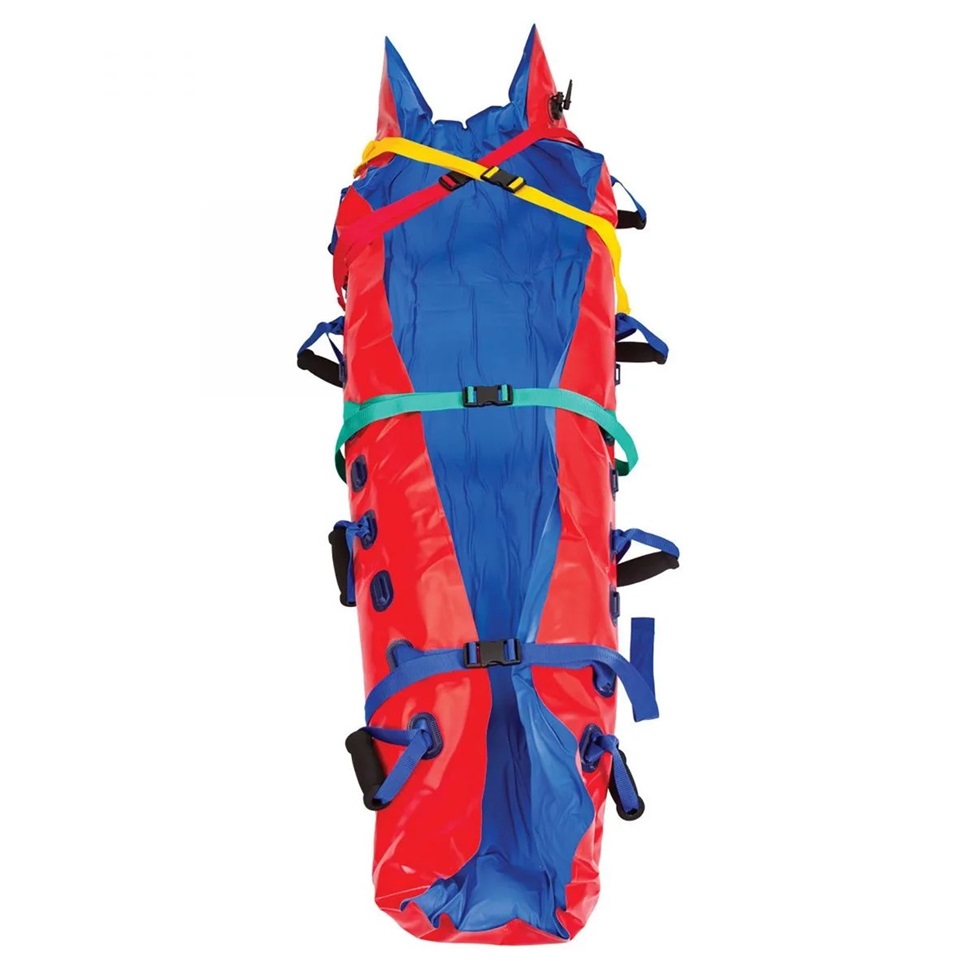When it comes to emergency medical situations, the importance of choosing the right stretcher cannot be overstated. A well-designed and reliable stretcher can significantly impact patient comfort, safety, and overall treatment outcomes. One such trusted brand in the medical industry is EMSRUN Medical, known for its innovative and high-quality stretcher solutions.
Selecting the appropriate stretcher involves considering various factors such as weight capacity, maneuverability, adjustability, and compatibility with other medical equipment. Investing in a reliable stretcher not only benefits patients but also enhances the efficiency of healthcare providers during transport and treatment. By prioritizing the selection of the right stretcher model for specific needs, healthcare facilities can ensure optimal care delivery and positive patient experiences.
Considerations for your specific needs
When it comes to selecting the perfect emergency medical stretcher for your specific needs, one must consider various essential factors. First and foremost, think about the intended use of the stretcher – will it primarily be used for patient transport within a healthcare facility or in emergency situations outdoors? Understanding this can help you determine whether you need a lightweight and portable stretcher or a more robust model designed for rugged terrain.
Another crucial consideration is the weight capacity of the stretcher. Ensuring that the stretcher can safely support the weight of different types of patients is vital in providing optimal care. Moreover, assessing features such as adjustable height, padding, and ease of maneuverability can greatly impact user experience and overall efficiency during emergencies. By evaluating these specific needs in detail, you can make an informed decision when choosing the right medical stretcher to meet your requirements effectively.
Types of medical stretchers available
When it comes to medical stretchers, there is a wide range of types available to cater to different needs and situations. One common type is the wheeled stretcher, designed for easy maneuverability in hospitals and emergency settings. These stretchers come with adjustable height options and safety features to ensure patient comfort.
Another important type is the transport stretcher, ideal for moving patients within healthcare facilities or during ambulance transport. They often feature collapsible sides for easier transfer and are equipped with locking mechanisms for secure transportation. Specialized stretchers like bariatric stretchers are built to support heavier patients while ensuring their safety and comfort during transfers.
In addition, there are specialty stretchers such as neonatal incubator stretchers designed specifically for transporting fragile newborns safely. These units provide a controlled environment with necessary medical equipment integration for monitoring the newborn’s condition throughout the transfer process. Understanding the various types of medical stretchers available can help healthcare providers choose the most suitable option based on the specific needs of their patients and facility.
Factors to evaluate when selecting a stretcher
When selecting a stretcher for medical purposes, it is crucial to consider the weight capacity of the equipment. Different stretchers have varying weight limits, so it’s essential to choose one that can safely accommodate the heaviest patients you may encounter. Additionally, evaluating the maneuverability of the stretcher is important. Look for features such as locking swivel wheels and adjustable height mechanisms to ensure ease of movement and transportation in different environments.
Another factor to assess is the comfort level provided by the stretcher. Consider features such as padding thickness, adjustable backrests, and ergonomic design to maximize patient comfort during transport. Prioritizing comfort not only enhances patient experience but also contributes to overall safety and well-being. By carefully evaluating these factors, you can select a stretcher that meets both your medical needs and ensures optimal patient care.
Budget considerations and cost-effective options
When it comes to purchasing a medical stretcher, budget considerations play a significant role in decision-making. However, prioritizing cost-effectiveness doesn’t mean compromising on quality or safety. One way to save costs is by opting for refurbished stretchers from reputable suppliers. These units are often as good as new but come at a fraction of the price, making them an attractive option for healthcare facilities looking to maximize their budgets.
Another cost-effective option to consider is choosing a versatile stretcher that can be easily adapted or accessorized for different procedures. By selecting a model with interchangeable parts or add-on features, healthcare providers can enhance the functionality of their stretchers without breaking the bank. Additionally, exploring leasing or rental options may also be a viable choice for facilities with budget constraints but still in need of high-quality stretchers for short-term use. By thinking creatively about budget considerations and exploring all available options, healthcare organizations can find the right medical stretcher that meets their needs without overspending.

Maintenance and durability tips for longevity
Proper maintenance is essential for ensuring the longevity of your medical stretcher. Regular cleaning and inspection of the stretcher help prevent wear and tear, extending its lifespan. Pay attention to moving parts such as wheels and hinges, ensuring they are lubricated and functioning smoothly. By addressing small issues promptly, you can prevent them from escalating into major problems that could compromise the durability of the stretcher.
Investing in high-quality materials can significantly impact the durability of a medical stretcher. Look for stretchers made from robust materials that are resistant to corrosion and damage. Additionally, considering factors like weight capacity and maneuverability can contribute to the long-term usability of the stretcher. Prioritizing durability in your selection process will not only ensure a longer lifespan but also enhance safety for both patients and healthcare professionals alike.
Making an informed decision
Imagine being faced with the challenging task of choosing the right medical stretcher for your specific needs. This decision holds weight and requires careful consideration to ensure optimal patient care and safety. Making an informed decision involves delving into various factors such as the intended usage, patient comfort, ease of maneuverability, and compatibility with existing medical infrastructure. By taking the time to research and assess these key elements, you can navigate through the multitude of options available in the market.
It’s essential to understand that each medical facility or institution has its unique requirements when it comes to selecting a suitable stretcher. From emergency departments to long-term care facilities, the usage scenarios may vary significantly. Therefore, tailoring your choice based on these specific needs will lead to a more effective outcome. Additionally, seeking input from healthcare professionals who have hands-on experience with different types of stretchers can provide valuable insights that might not be apparent at first glance. In essence, making an informed decision involves a blend of research, practical considerations, and expert advice to ensure that you select a stretcher that meets both current and anticipated future demands effectively.
Contact for more info about the products: info@emsrun.com






